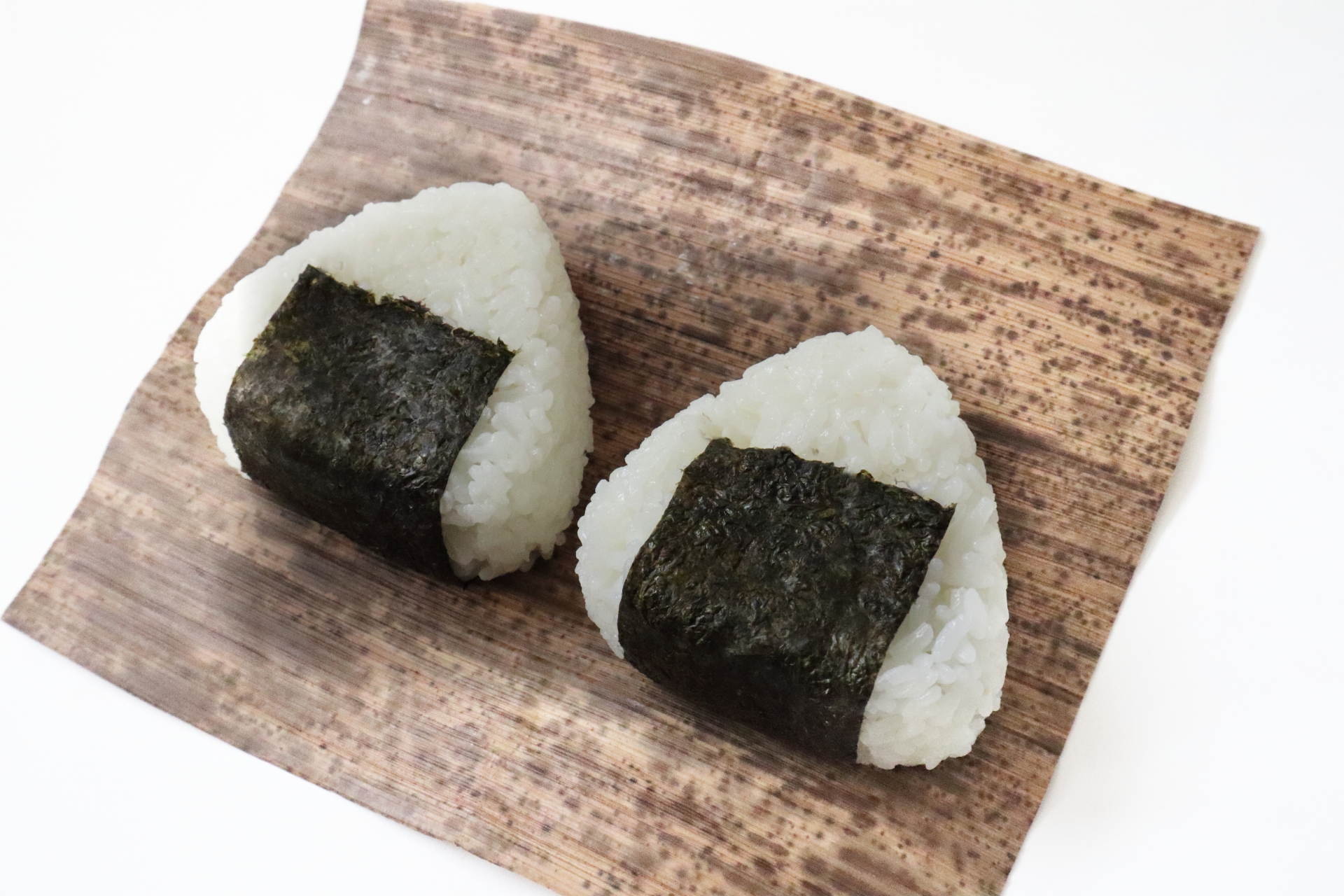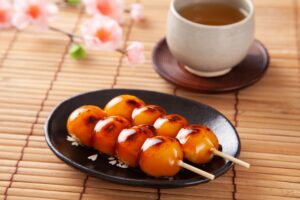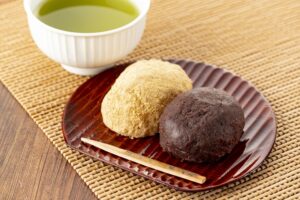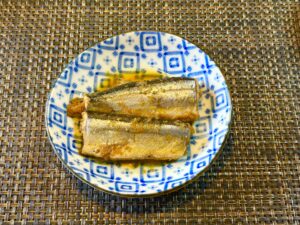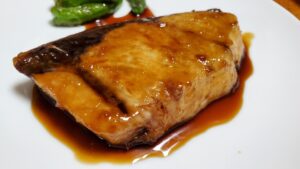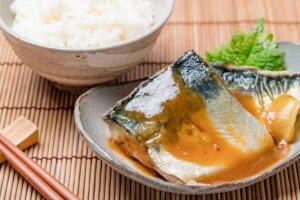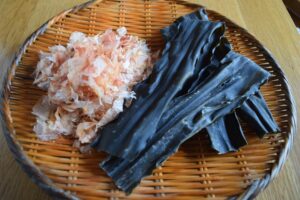Onigiri, also known as Japanese rice balls, are one of Japan’s most iconic and accessible comfort foods. Though simple in appearance, onigiri holds deep cultural roots and comes in a surprising variety of flavors and shapes. This guide will help you understand what onigiri is, how it differs from sushi, how to make it yourself, and how to enjoy it whether you’re in Japan or abroad.
Onigiri vs Omusubi: Are They the Same?
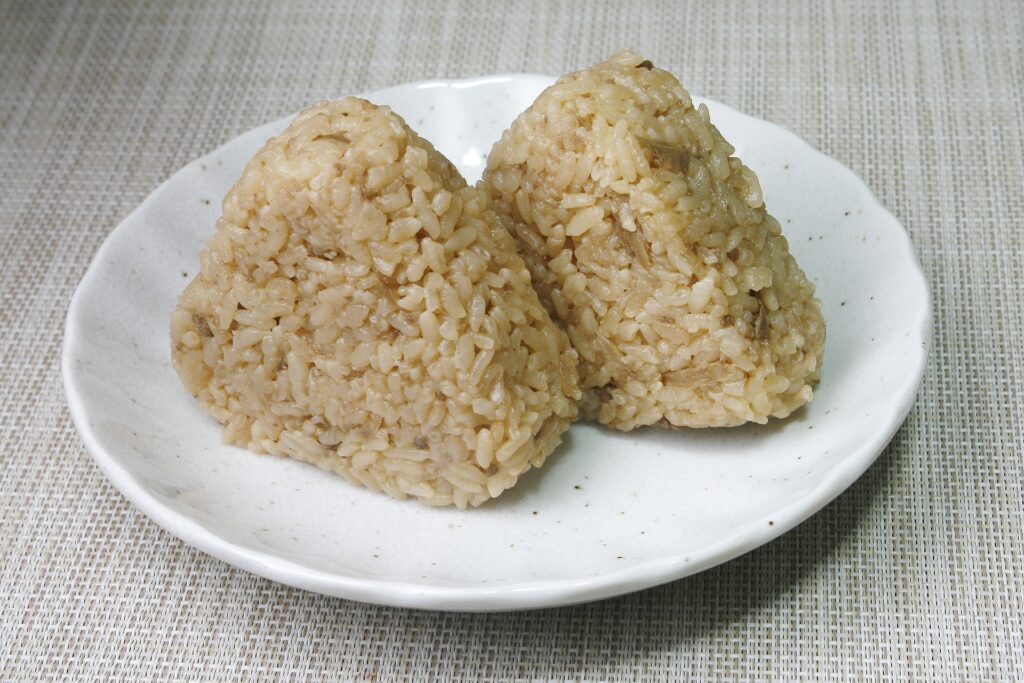
You may see the words “onigiri” and “omusubi” used interchangeably, and that’s because they both refer to the same beloved food. The term “onigiri” comes from the verb nigiru, meaning “to grip” or “to mold by hand,” emphasizing the handmade nature of the rice ball. “Omusubi,” on the other hand, comes from musubu, which means “to tie or bind,” carrying a slightly more poetic connotation.
Regionally, “omusubi” is more commonly used in western Japan, while “onigiri” is favored in the east, including Tokyo. Despite these subtle linguistic and regional differences, both terms refer to the same food, and there’s no strict distinction in modern usage. Both names appear widely in packaging and menus throughout Japan.
Onigiri vs Sushi: What’s the Difference?
Though they might look similar at a glance, onigiri and sushi are fundamentally different in both preparation and purpose. Sushi rice is seasoned with a blend of vinegar, sugar, and salt, giving it a tangy flavor profile. In contrast, onigiri uses plain or lightly salted rice, focusing instead on the flavor of the filling and the rice itself.
Onigiri is a snack or casual meal, often eaten with hands, while sushi is typically enjoyed as a more formal meal, sometimes with chopsticks and soy sauce. Sushi also features raw or cooked fish as a topping or filling, often combined with artistic presentation. Meanwhile, onigiri favors a wider variety of fillings—from pickled plums to tuna mayonnaise—and is designed for portability and convenience.
A Brief History of Onigiri
Onigiri dates back over a thousand years. Historical records show rice balls being used as portable food as early as the 11th century. During Japan’s feudal era, samurai carried onigiri wrapped in bamboo leaves as a battlefield meal. The simplicity and durability of rice balls made them ideal for travel and preservation.
In the modern era, onigiri became a staple of bento culture. With the rise of convenience stores in the 1980s and the development of innovative packaging (which keeps seaweed crisp until opened), onigiri cemented its place as one of Japan’s most accessible grab-and-go foods. Its popularity only continues to grow both in Japan and internationally.

Common Onigiri Fillings and Variations
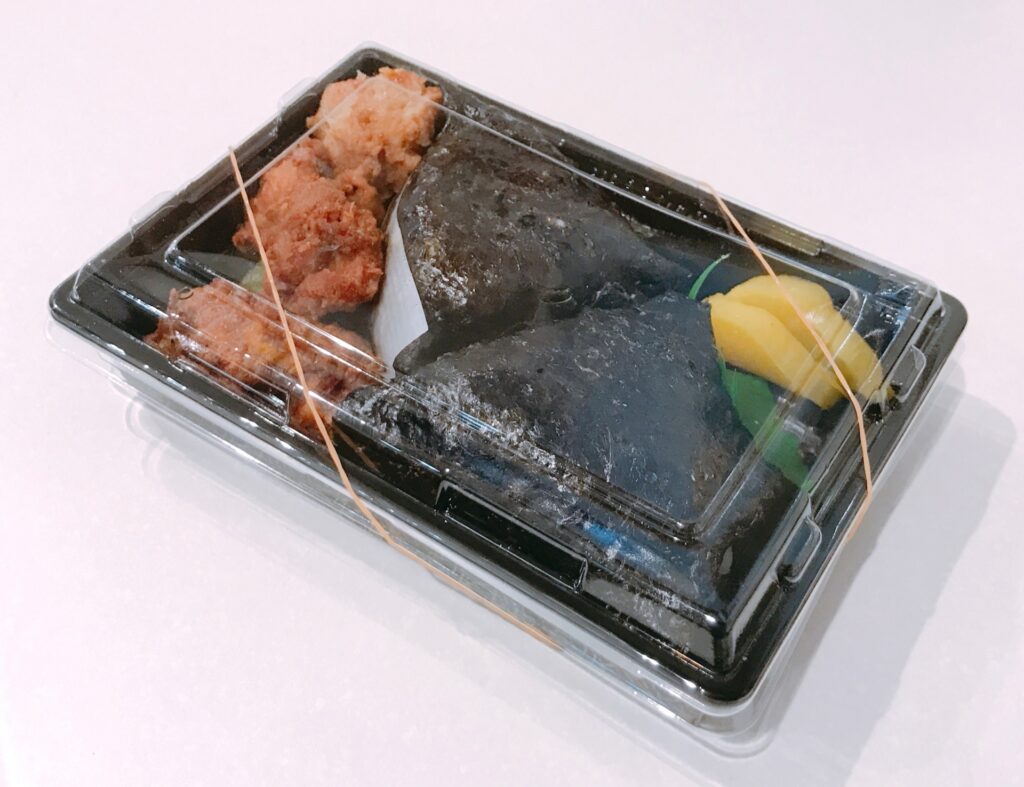
Traditional onigiri is made with white rice and a savory or pickled filling inside. Popular fillings include:
| Filling | Taste Profile | Popularity |
| Umeboshi | Sour, salty | Classic choice |
| Tuna Mayo | Creamy, savory | Widely loved |
| Grilled Salmon | Smoky, umami | Very popular |
| Kombu | Sweet-savory, chewy | Traditional |
| Spicy Cod Roe | Spicy, salty | Regional favorite |
| Okaka (Bonito) | Smoky, salty | Common |
| Cheese | Creamy, modern twist | Growing trend |
| Kimchi | Spicy, tangy | Fusion style |
Regional variations include yaki-onigiri (grilled with soy sauce) and tenmusu (shrimp tempura inside). Modern adaptations may feature ingredients like avocado, jalapeños, or curry.
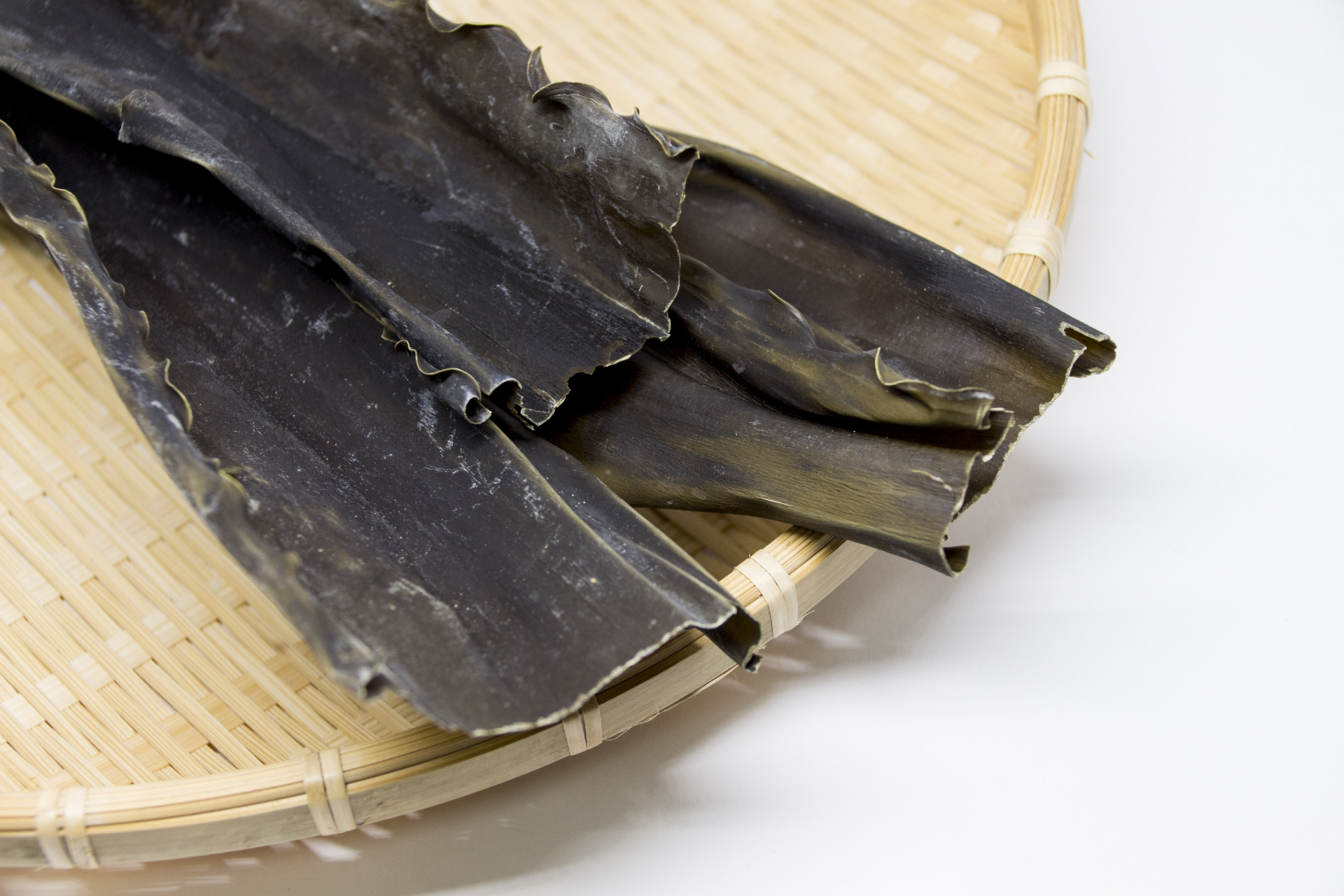
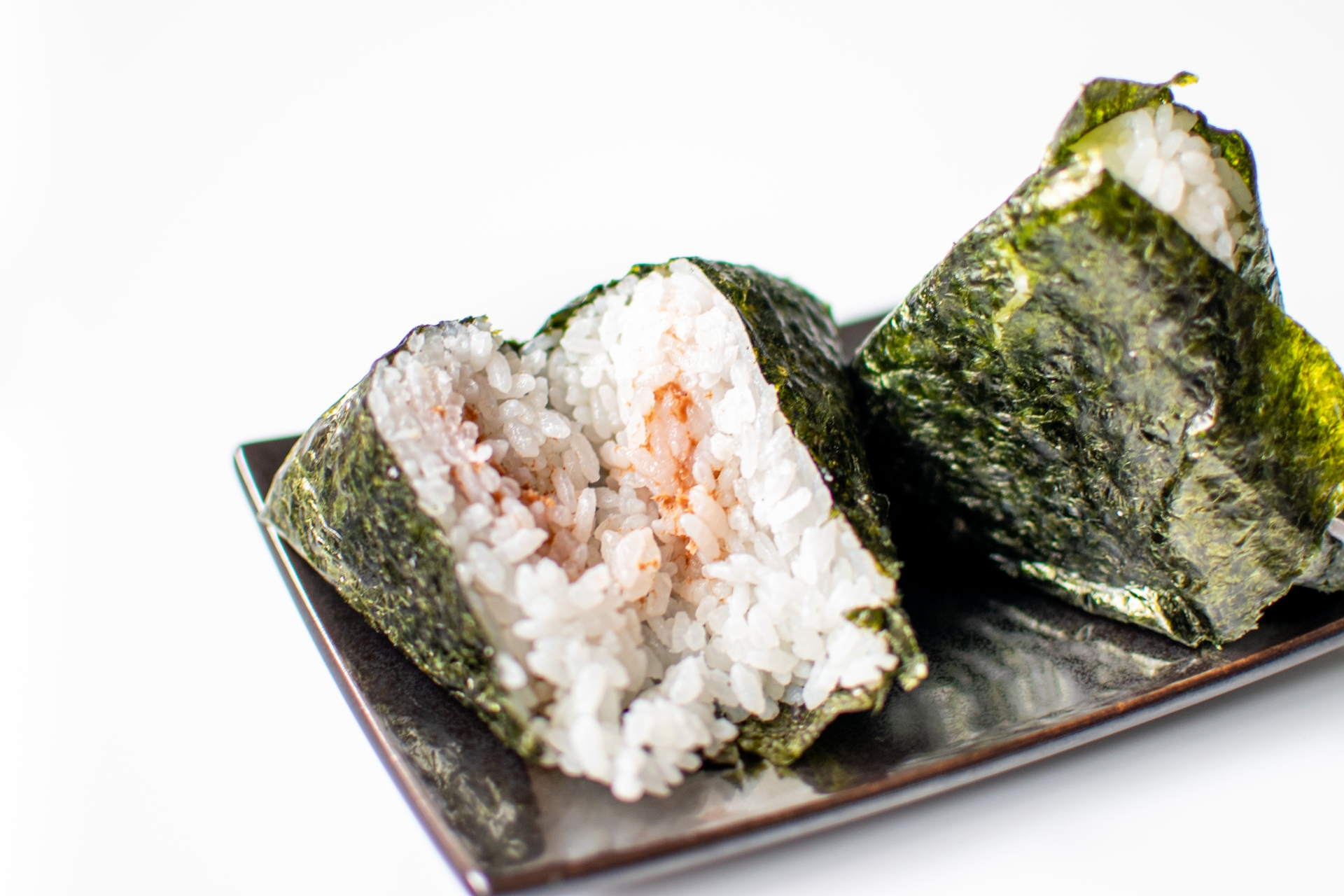
Vegan and Kid-Friendly Onigiri Ideas
Vegan-friendly fillings include mashed avocado with salt, sweet miso paste, pickled daikon, or seasoned mushrooms. These options are flavorful, healthy, and easy to prepare.
For children, “character onigiri” (or kyaraben) are popular, where rice balls are shaped and decorated like animals or anime characters using seaweed, vegetables, and cheese. Decorative nori cutters and molds make it easier for parents to craft fun, appealing lunches that even picky eaters will enjoy.
How to Make Onigiri at Home
Step-by-Step Guide
- Choose the Right Rice: Use short-grain Japanese or sushi rice for stickiness.
- Cook Rice Properly: Rinse rice until the water runs clear, then drain. Use 1.2 times as much water as the weight of the rice (e.g., 150g of rice to 210ml of water). Cook in a rice cooker or pot until tender.
- Prepare Fillings: Cook or prep your filling (e.g., tuna mayo, pickled plum).
- Season Rice (optional): Add a pinch of salt or sesame seeds.
- Wet Your Hands: To prevent sticking, wet hands and rub a bit of salt.
- Form Shape: Place rice in hand, add filling, cover with more rice, and shape into triangle or ball.
- Wrap with Nori: Add a strip of seaweed for flavor and ease of holding.
Hygiene and Storage Tips
- Make onigiri with clean, damp hands or use plastic wrap.
- Store wrapped in wax paper or plastic wrap if eating within a few hours.
- Refrigerate if storing longer than half a day, but note that rice texture may harden.
Ingredients You Can Find Outside Japan
- Rice: Nishiki or Botan (California brands), or any short-grain rice.
- Nori: Brands like Jayone, Emerald Cove, or Eden.
- Fillings: Canned tuna, salted salmon, pickled cucumbers, hummus, or even peanut butter for fusion flair.
How to Store and Eat Onigiri Safely
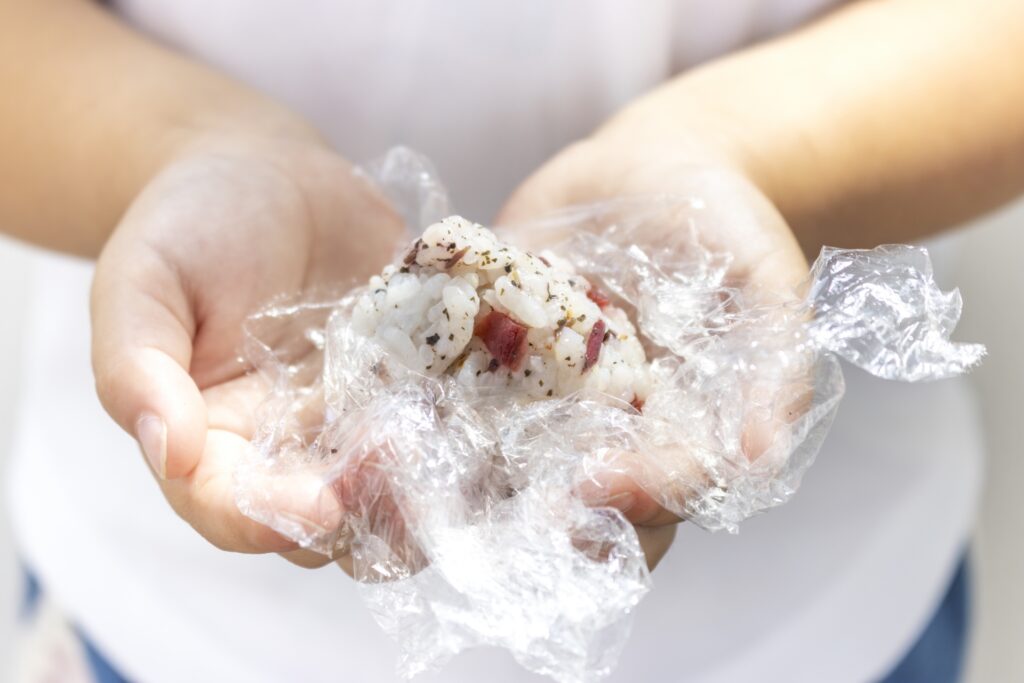
| Condition | Storage Method | Max Duration |
| Room Temp (<25°C) | Wrapped in plastic/wax | 6-8 hours |
| Hot Weather | Insulated lunch bag | <4 hours |
| Refrigerated | Airtight container | 1-2 days (reheat recommended) |
| Frozen | Freezer-safe wrap | 1 month (best for yaki-onigiri) |
Avoid mayo-based or perishable fillings if storing at room temperature. When transporting in summer, use ice packs or insulated containers. If reheating, microwave onigiri with a damp paper towel to restore moisture.
Where to Find Onigiri Outside Japan
You can find onigiri in many Japanese and Asian grocery stores across the U.S., especially in cities like Los Angeles, San Francisco, and New York. Popular options include:
- Mitsuwa Marketplace (California, Illinois, New Jersey)
- H Mart and 99 Ranch Market (nationwide chains)
- Japanese food trucks and bento cafes in urban areas
- Online: Pre-made onigiri and DIY kits via Amazon or specialty food sites
Some local bakeries and cafes now offer artisanal onigiri with creative fillings like BBQ tofu or smoked salmon cream cheese.
Conclusion: Why You Should Try Onigiri Today
Onigiri is more than just a rice ball—it’s a cultural icon, a convenient snack, and a canvas for culinary creativity. With its diverse flavors, nutritional balance, and easy portability, onigiri makes a perfect lunchbox staple or grab-and-go bite. Whether you’re a Japanese food lover, a health-conscious eater, or simply curious, there’s never been a better time to try making or tasting onigiri for yourself. It’s a delicious introduction to the heart of Japanese cuisine.

